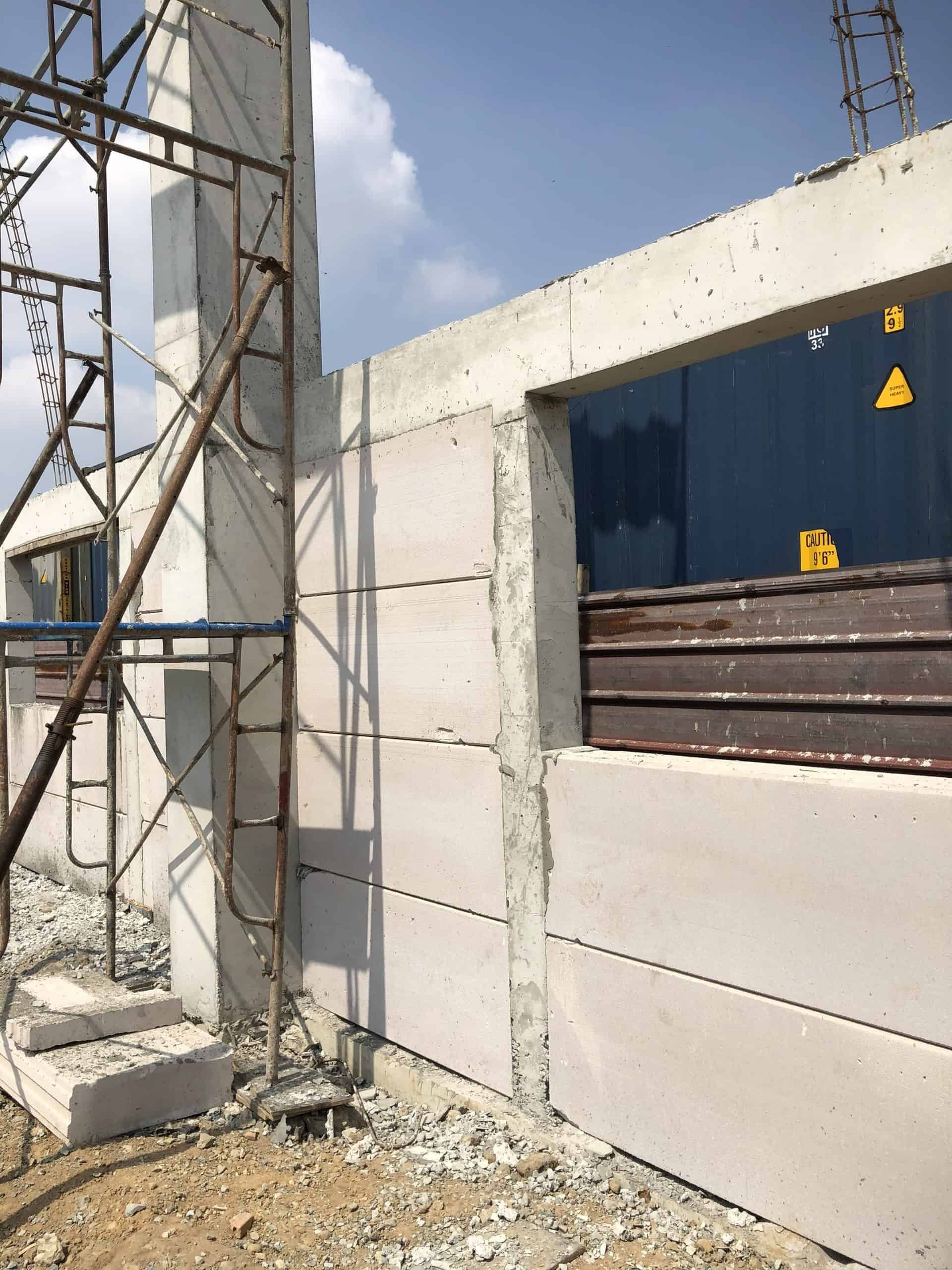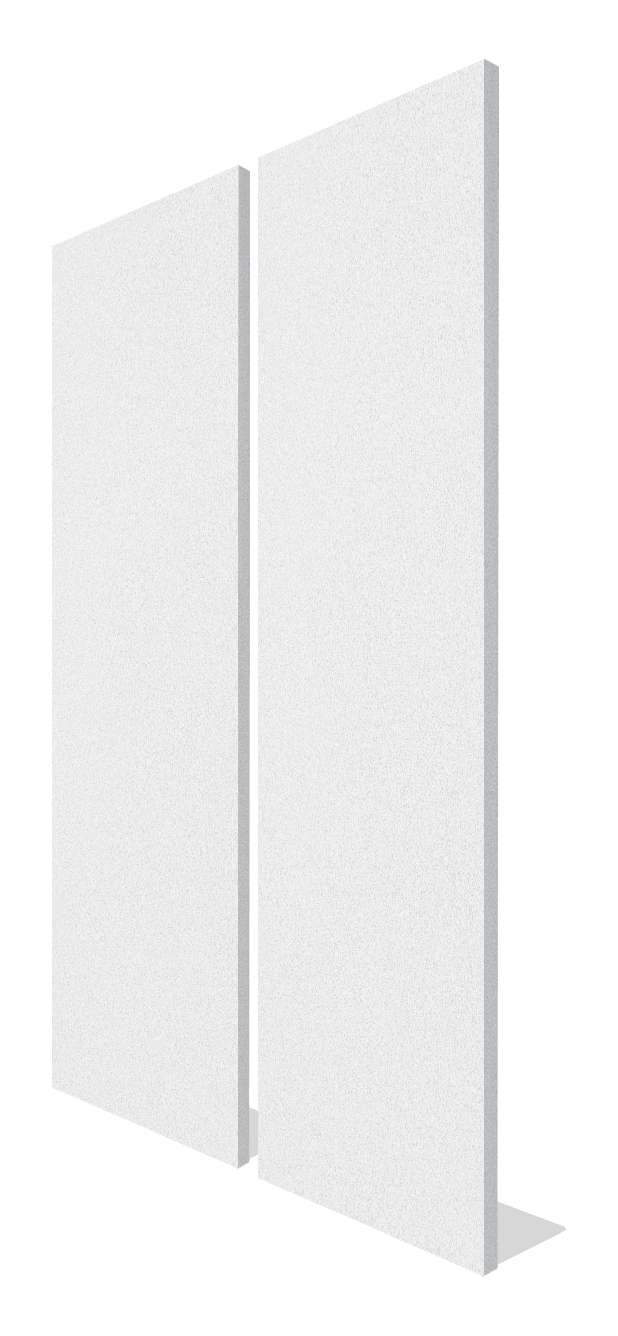The Advantages of AAC Wall Panel
Discover the Benefits and Feature of AAC Wall Panel
History
The history of Autoclaved Aerated Concrete (AAC) traces back to the mid-1920s in Sweden, with its invention attributed to the architect Johan Axel Eriksson. Aimed at creating a building material that combined the advantages of wood – light and easy to work with – and stone – durable and fire-resistant – AAC quickly gained popularity in Europe. Its adoption spread across the globe, with Asia emerging as a significant market in recent decades. Countries like China, India, and the United Arab Emirates have recognized AAC's benefits, integrating it extensively in their construction projects. In Asia, AAC has become a staple for high-rise buildings, residential complexes, and infrastructure projects due to its lightweight nature, thermal insulation properties, and earthquake resistance.
.jpg?access_token=7c62b667-7b8c-4d5e-a39a-d7f6a67697a1)
Advantages
In the evolving landscape of construction, Autoclaved Aerated Concrete (AAC) Wall Panels have emerged as a groundbreaking solution, offering a blend of efficiency, sustainability, and performance. This blog delves into the myriad advantages of AAC Wall Panels, highlighting their role in revolutionizing the construction industry.
1. Unparalleled Lightness with Robust Strength
AAC Wall Panels are renowned for their unique combination of lightweight properties and exceptional strength. This paradoxical blend not only facilitates easier handling and quicker installation but also ensures the structural integrity of buildings. According to the International Journal of Engineering and Technology, AAC materials can reduce the dead load on structures by up to 25% while maintaining comparable compressive strength to traditional materials.
2. Enhanced Thermal Insulation
One of the standout features of AAC Wall Panels is their superior thermal insulation. This characteristic translates into significant energy savings for homeowners and businesses alike. Research published in the Energy and Buildings Journal illustrates how buildings constructed with AAC can reduce heating and cooling demands by up to 30%, directly impacting utility costs and comfort levels.
Typical Specification of AAC Wall Panel
| Compressive Strength: | 3.5Mpa |
| Length: | 3,000mm |
| Height: | 600mm |
| Thickness: | 74-150mm |
| Thermal Conductivity: | 0.16 W/mK ~ 0.19 W/mK |
.

3. Fire Resistance
Safety is paramount in construction, and AAC Wall Panels excel in fire resistance. Capable of withstanding temperatures up to 1,200 degrees Celsius for up to 4 hours without losing structural integrity, these panels significantly enhance building safety. The Journal of Fire Protection Engineering highlights AAC's fire-resistant properties, making it an ideal choice for regions prone to wildfires or for buildings requiring additional fire protection measures.
4. Sound Insulation


5. Eco-Friendly and Sustainable
Sustainability is at the core of AAC Wall Panels. Manufactured from natural materials and requiring less energy in production, AAC panels have a lower environmental footprint. Furthermore, their insulative properties contribute to reduced energy consumption in buildings. The Sustainable Cities and Society journal underscores the role of AAC in promoting green building practices, aligning with global sustainability goals.
6. Pest and Mold Resistance
AAC Wall Panels are inorganic and do not support the growth of mold or pests. This feature, highlighted in research from the International Journal of Pest Management, ensures healthier indoor air quality and reduces the need for chemical treatments, contributing to a safer living environment.
Conclusion
The adoption of AAC Wall Panels in construction projects offers a multitude of benefits, from enhanced structural integrity and insulation to fire safety and environmental sustainability. As the construction industry continues to move towards greener and more efficient building practices, AAC Wall Panels stand out as a superior choice for modern construction needs.
The integration of AAC Wall Panels represents a shift towards innovative, efficient, and sustainable building solutions. By leveraging the research-backed advantages of AAC, the construction industry can address the pressing demands of modern construction, ensuring buildings are not only structurally sound but also environmentally responsible and energy-efficient.
References
- International Journal of Engineering and Technology
- Energy and Buildings Journal
- Journal of Fire Protection Engineering
- Acoustics Australia
- Sustainable Cities and Society
- International Journal of Pest Management